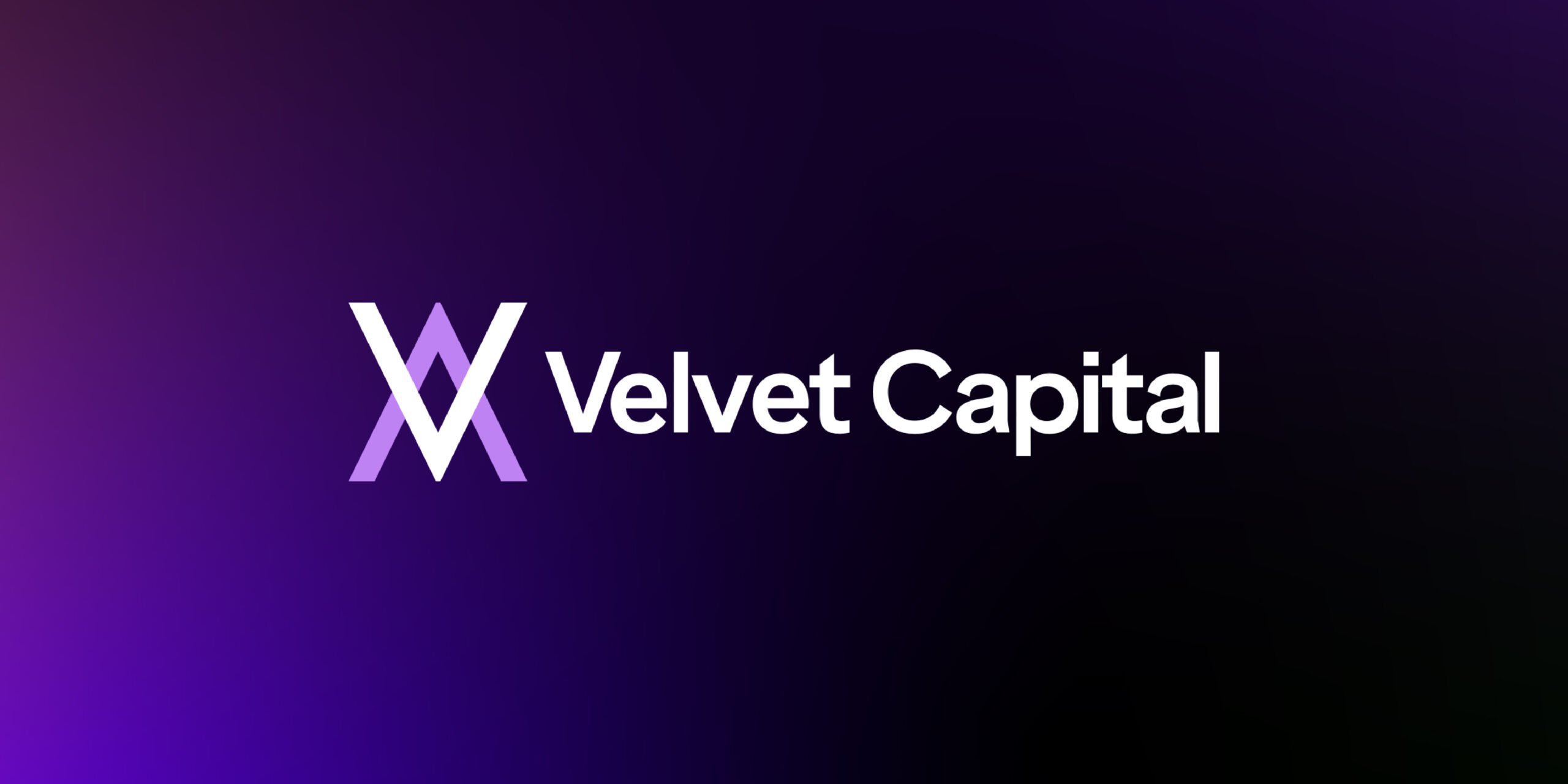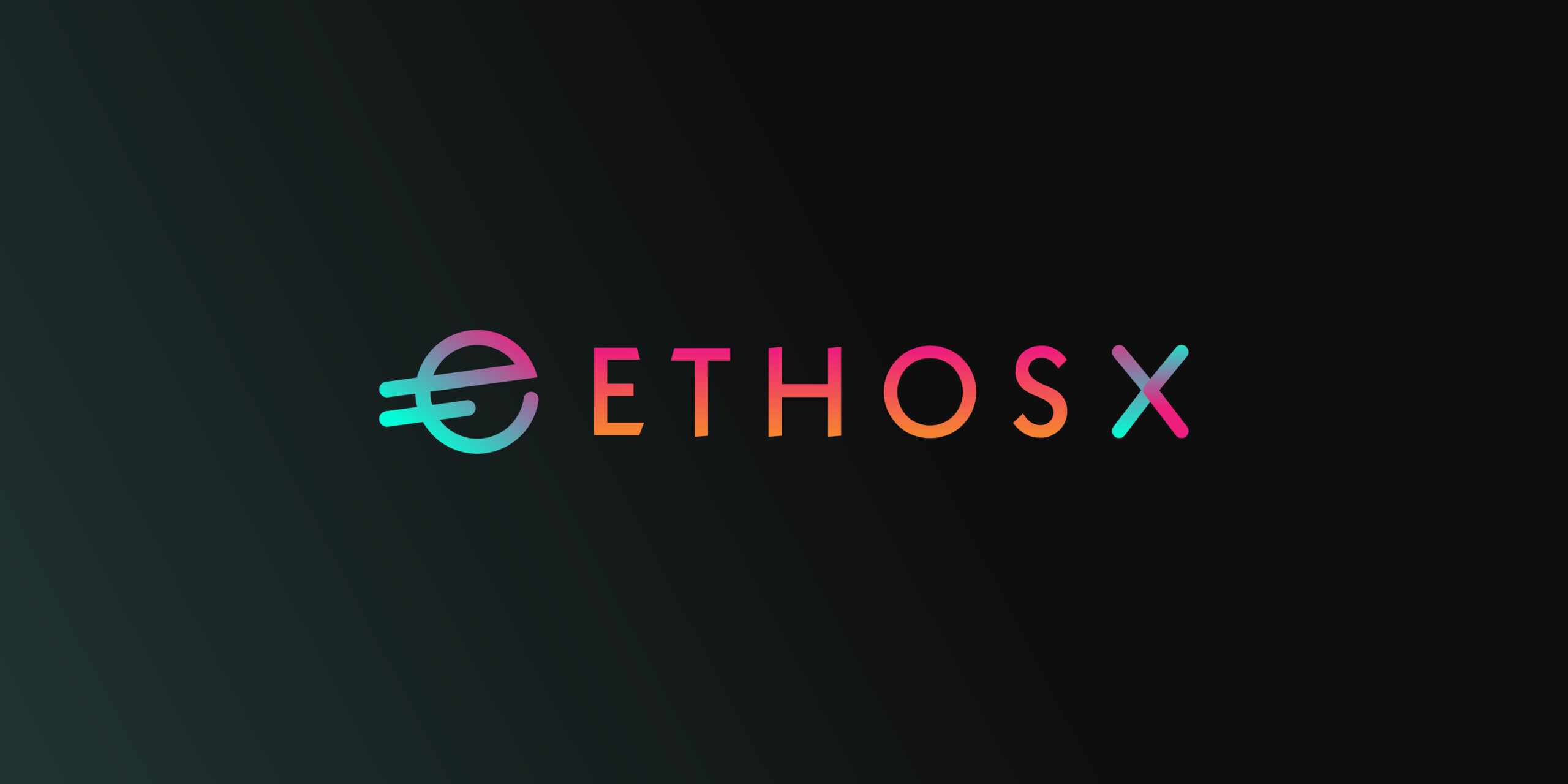Introduction
Velvet Capital is a decentralized finance (DeFi) asset management protocol that enables the creation of diversified financial products, including tokenized funds, portfolios, yield farming strategies, and structured products. This objective tech review will assess Velvet Capital based on its innovation, architecture, code quality, product roadmap, usability, and team.
Innovation (12.73%)
Velvet Capital demonstrates several innovative features and capabilities. It offers automatic tokenization, flexible custody options, superior access to on-chain liquidity, smart yield farming, permission capabilities, smart batching, seamless integration, reporting and white-label portal, and cross-chain functionality.
Architecture (21.82%)
The architecture of Velvet Capital is well-designed and robust. It employs smart contracts to automate the tokenization of funds and strategies, ensuring that tokens representing underlying assets are always fully-backed. The platform provides flexible custody options, including non-custodial smart contract vaults, multi-signature vaults, and multi-party computation (MPC) solutions. It integrates with major on-chain liquidity providers, such as automated market makers (AMMs) and aggregators, ensuring optimal trade execution. The architecture also enables smart yield farming, permission capabilities, smart batching, and seamless integration through an easy-to-use API.
Code Quality (21.82%)
While Velvet Capital is not open source, it utilizes good programming languages like C, C++, Rust, Erlang, and Ruby. The quality of the code is deemed suitable, with outstanding test coverage and maintainability index. The code is well-commented, facilitating understanding and future development. The project’s GitHub repository demonstrates active development, with more than 10k lines of code and frequent commits.
Product Roadmap
Velvet Capital has a comprehensive roadmap, with new features planned for Q2 and Q3 2023. The upcoming developments include an SDK/API, security audits, cross-chain asset management capabilities, privacy features, and support for non-EVM chains.
Usability (9.09%)
Velvet Capital is designed with a focus on usability for infrastructure projects. It provides an easy-to-use platform for end customers, allowing them to create and automate strategies using familiar tools. The seamless integration and customizable reporting features enhance the overall user experience.
Team (10.91%)
The Velvet Capital team consists of active developers with senior expertise. Their coding style is solid, ensuring the quality and maintainability of the project. The team’s background and experience contribute to the overall strength of Velvet Capital.
Conclusion
With a tech score of 85.45%, Velvet Capital showcases innovation in the DeFi asset management space. Its architecture is well-designed, offering automatic tokenization, flexible custody options, and special access to liquidity. The code quality is commendable, and the roadmap outlines future developments to enhance the platform further. The usability of infrastructure projects and the team’s expertise contribute to Velvet Capital’s overall strength.
| Initial Screening | |||
| Keep researching | |||
| Does this project need to use blockchain technology? | Yes | ||
| Can this project be realized? | Yes | ||
| Is there a viable use case for this project? | Yes | ||
| Is the project protected from commonly known attacks? | Yes | ||
| Are there no careless errors in the whitepaper? | Yes | ||
| Project Technology Score | |||
| Description | Scorecard | ||
| Innovation (Out Of 11) | 7 | ||
| How have similar projects performed? | Good | 2 | |
| Are there too many innovations? | Regular | 2 | |
| Percentage of crypto users that will use the project? | 1% – 5% | 1 | |
| Is the project unique? | Yes | 2 | |
| Architecture (Out of 12) | 12 | ||
| Overall feeling after reading whitepaper? | Good | 2 | |
| Resistance to possible attacks? | Good | 2 | |
| Complexity of the architecture? | Easy | 2 | |
| Time taken to understand the architecture? | Less than 20 min | 2 | |
| Overall feeling about the architecture after deeper research? | Good | 4 | |
| Has the project been hacked? | No | 0 | |
| Code Quality (out of 15) | 12 | ||
| Is the project open source? | No | 0 | |
| Does the project use good code like C,C++, Rust, Erlang, Ruby, etc? | Yes | 2 | |
| Could the project use better programming languages? | No | 0 | |
| Github number of lines? | More than 10K | 1 | |
| Github commits per month? | More than 10 | 2 | |
| What is the quality of the code? | Good | 2 | |
| How well is the code commented? | Good | 1 | |
| Overall quality of the test coverage? | Outstanding | 2 | |
| Overall quality of the maintainability index? | Outstanding | 2 | |
| When Mainnet (out of 5) | 5 | ||
| When does the mainnet come out? | Mainnet Ready | 5 | |
| Usability for Infrastructure Projects (out of 5) | 5 | ||
| Is it easy to use for the end customer? | Yes | 5 | |
| Team (out of 7) | 6 | ||
| Number of active developers? | 5+ | 2 | |
| Developers average Git Background? | Senior | 2 | |
| Developers coding style? | Solid | 2 | |
| Total Score (out of 55) | 47 | ||
| Percentage Score | |||
| Innovation | 12.73% | ||
| Architecture | 21.82% | ||
| Code Quality | 21.82% | ||
| Mainnet | 9.09% | ||
| Usability | 9.09% | ||
| Team | 10.91% | ||
| Total | 85.45% |





